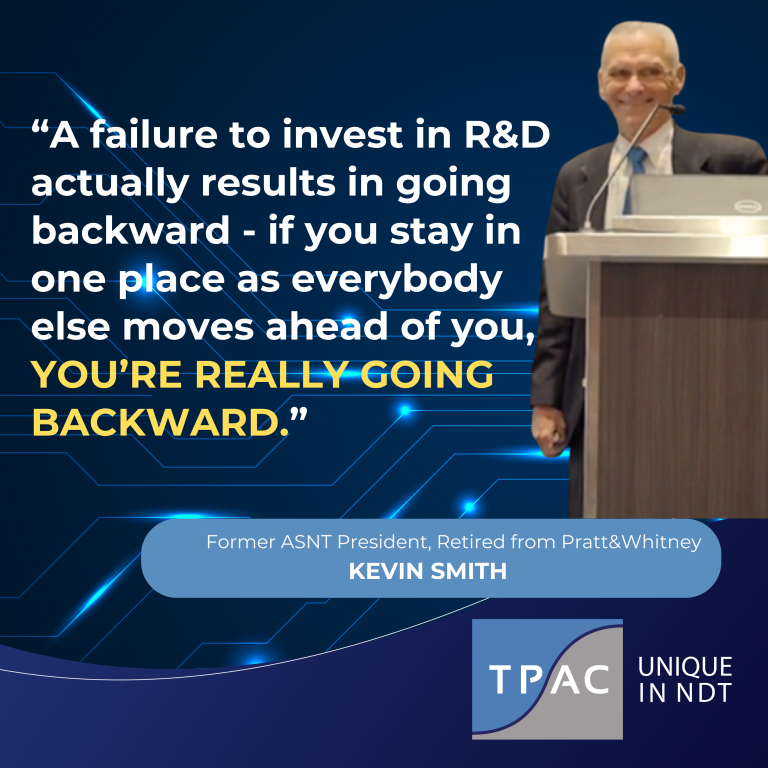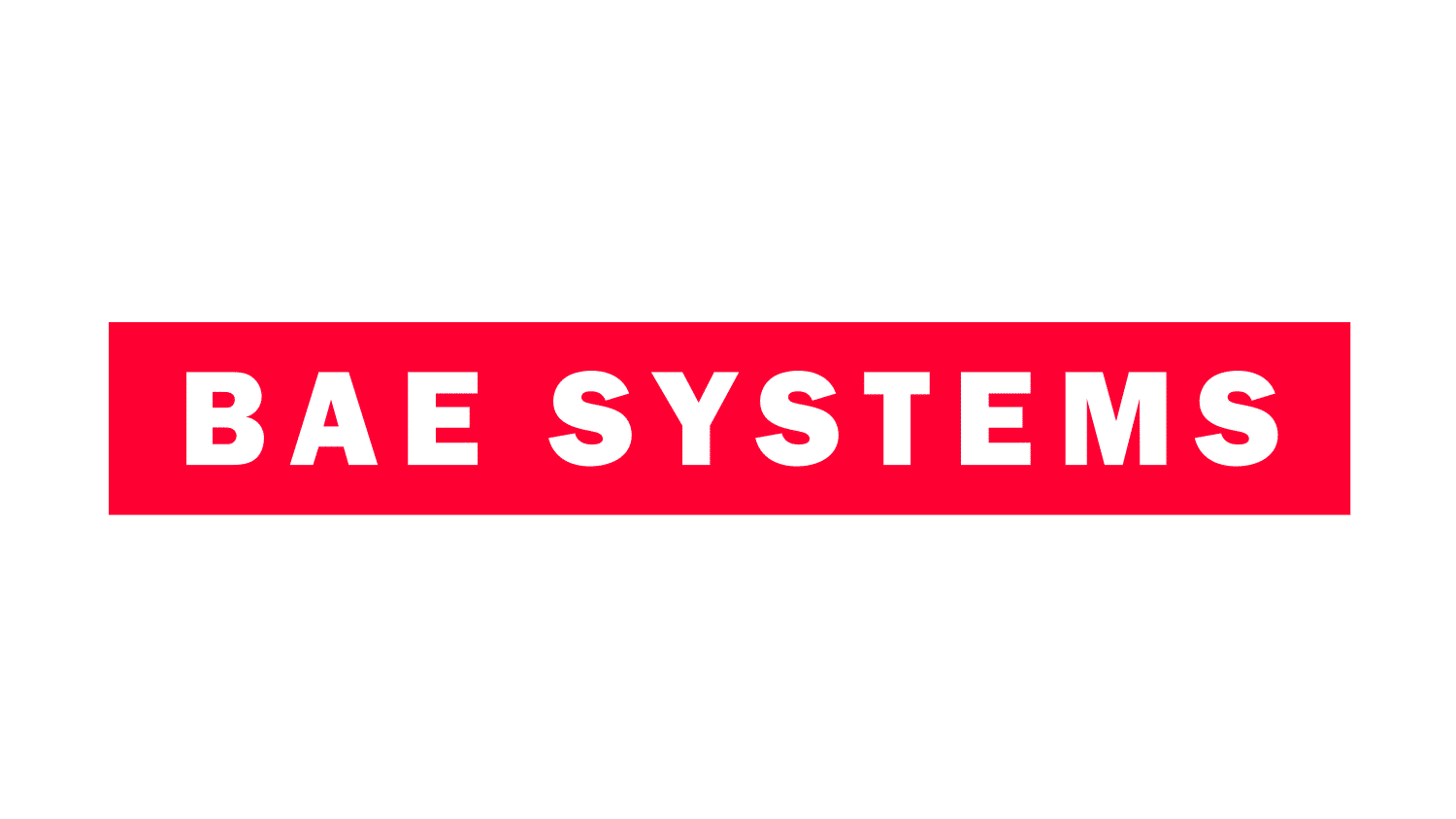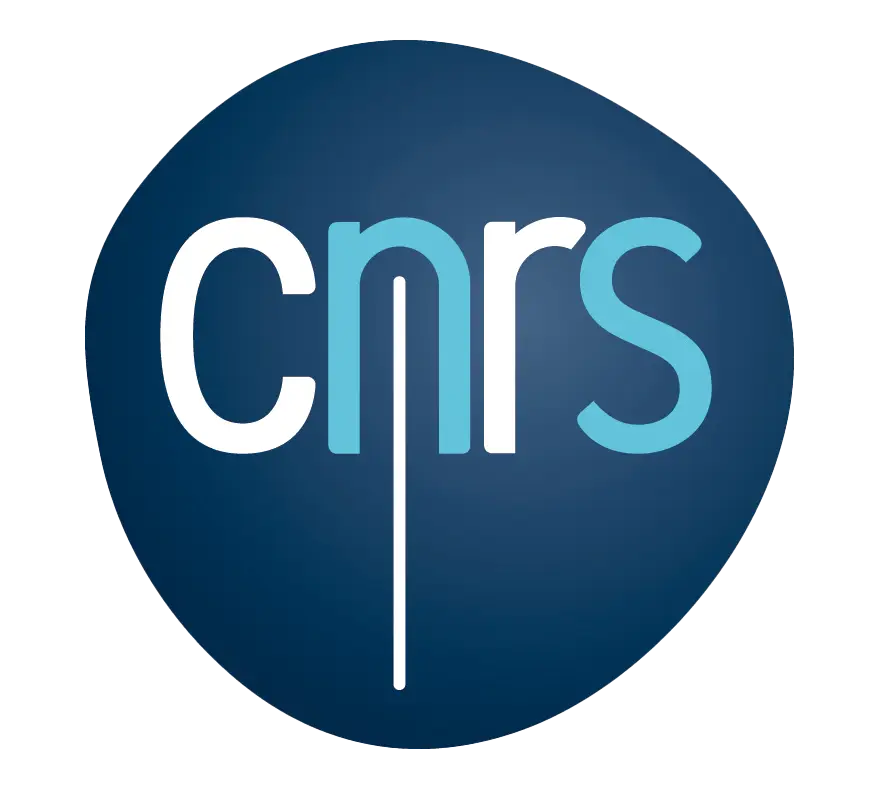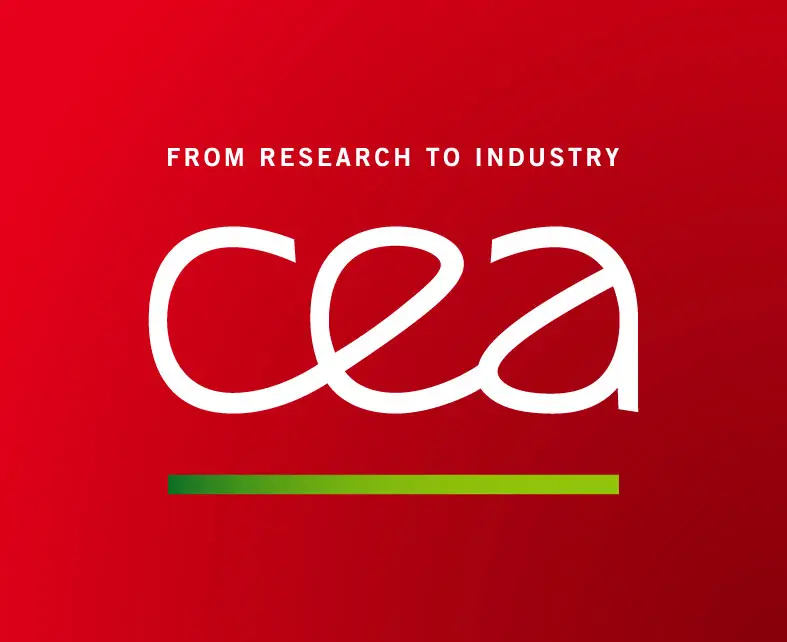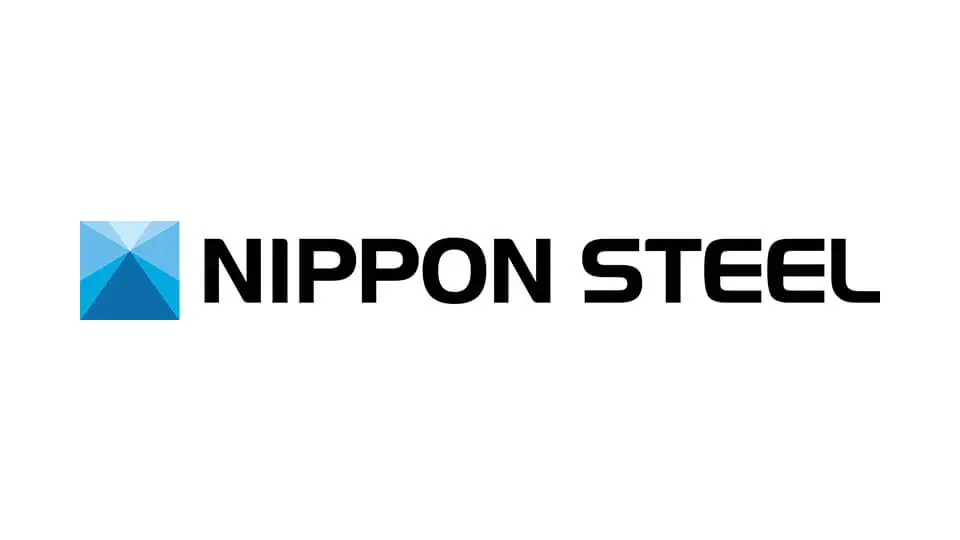Why R&D Matters: A Call to Action for the Future of NDE
In a rapidly evolving world, standing still is not an option—especially in Non-Destructive Evaluation (NDE).
During the ASNT TPAC Track in Las Vegas, Kevin Smith—former president of ASNT (The American Society for Nondestructive Testing), and a leading voice in the NDE community—delivered a compelling call to action: Invest in R&D, or risk falling behind.
In this Kevin Smith’s explores why research and development are critical and how to do it right.
If you’re involved in NDE or R&D whatever the industry, this talk is a must-watch!
How Can You Turn R&D Into Real-World Implementation?
R&D can feel risky, especially when budgets are tight or ROI is unclear. But Kevin Smith reminded us that the most transformative solutions often begin as bold ideas with uncertain outcomes. In reality, well-placed investment in research can:
Improve inspection accuracy and repeatability
Open new markets through novel applications (e.g., additive manufacturing, air-coupled UT)
Reduce costs over time through better data, automation, and adaptability
Enhance reputation and client trust by demonstrating technical leadership.
Successful R&D isn’t just about having great ideas—it’s about structured execution.
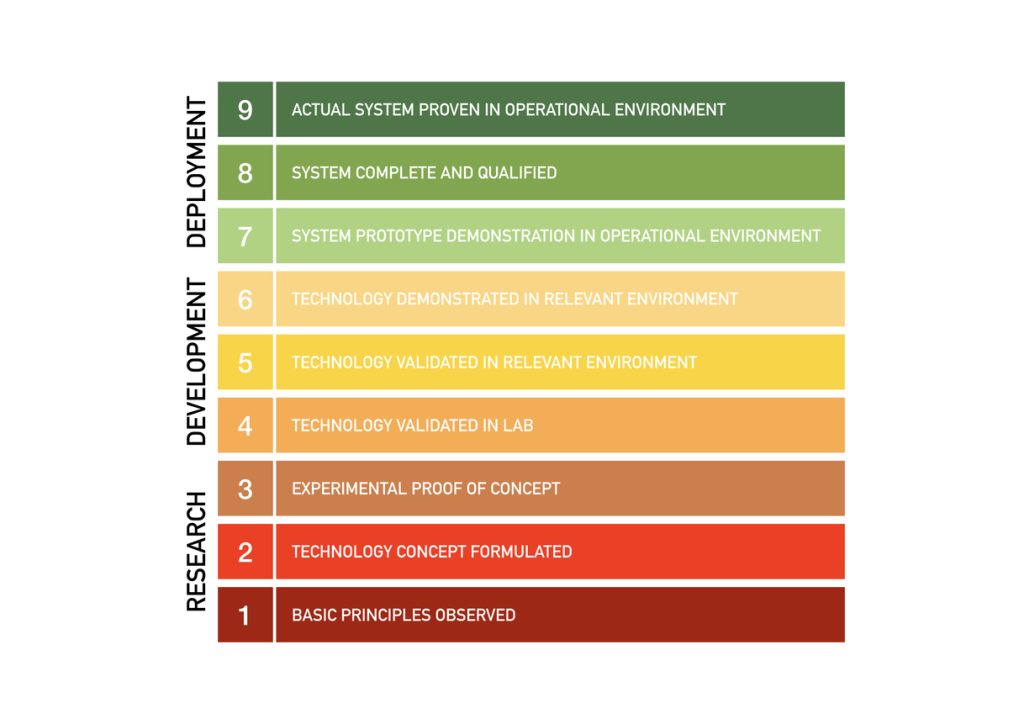
What Should You Know About the Technology Readiness Level (TRL) Process?
The TRL process provides a structured path for technology maturation, but only when applied properly. Gate criteria must be meaningful—not artificially inflated—to catch issues early.
Reviewers should have deep NDE knowledge, which is often in short supply. Be cautious of misinformed feedback or rushed reviews, especially in emergency projects where TRL isn’t always well-suited.
Why Do You Need a Long-Term Technology Plan?
A good technology roadmap outlines your long-term vision and defines goals, milestones, and transition points toward customer funding. Tie your plan to customer priorities and update it annually. Be ready to discontinue projects that lose relevance. This approach communicates strategy and avoids reactive, short-term decision-making.
How Do You Balance Risk in an R&D Portfolio?
A strong R&D strategy includes a spectrum of risk: from quick, low-risk projects to high-reward “moon shots.” Most projects should fall in the mid-range, targeting transition to program funding within 2–5 years. Identifying key technical risks and confronting them directly is essential.
Why Is Technical Rigor Crucial Throughout the R&D Process?
R&D is fundamentally a learning journey. Start by identifying critical unknowns and continue to explore them as the project matures. Early engagement with customers helps avoid surprises and builds credibility. Keep documentation clear and organized to support both technical progress and stakeholder confidence.

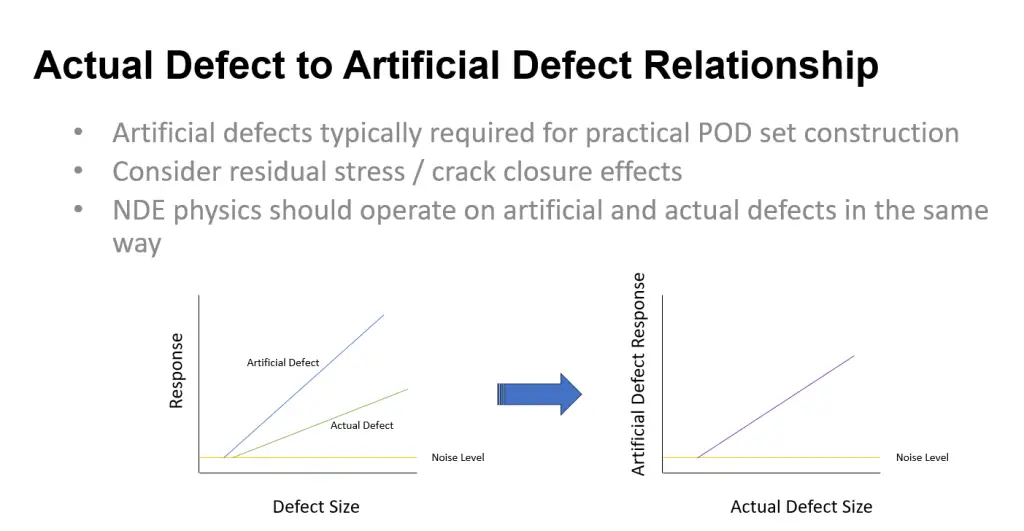
How Do You Validate NDE Solutions for Safety-Critical Applications?
Validation involves multiple steps: lab-based studies, subscale part testing, and edge-case analysis. It’s vital to understand inspection limitations—like signal-to-noise ratios or sensitivity differences across areas. In critical zones, you may need multiple Probability of Detection (POD) sets to ensure performance under real-world conditions.
What’s the Relationship Between Artificial and Real Defects in POD?
POD testing often uses artificial defects, which must behave similarly to real flaws under NDE physics. Factors like residual stress and crack closure effects must be considered. If artificial defects don’t simulate real-world conditions accurately, your POD results—and your risk assessments—can be significantly off.
What Role Do Field Trials Play in Final Implementation?
What Are the Keys to Moving from Concept to Implementation?
The journey from initial concept to fully implemented inspection is long and requires discipline, technical excellence, and strong customer relationships. Frequent, honest communication builds trust. Stay agile to evolving customer needs, and focus on early risk mitigation and detailed validation.
Conclusions - It's time to lead not follow
Do you want to follow, or do you want to lead? The answer lies in how we treat innovation.That requires a shift in mindset: from cost control to value creation, from maintaining status quo to shaping the future.
And no single company or lab can solve the future of NDE alone. Instead, progress depends on:
Universities and research centers driving foundational knowledge and training the next generation
Startups and SMEs developing agile, experimental approaches to emerging problems
End users and inspectors giving real-world feedback and identifying unmet needs
Established companies and associations scaling up solutions and setting industry standards
At TPAC, we actively support this ecosystem—from providing open-platform instrumentation to hosting events like the ASNT Track. We also partner with a great number of Universities and Research Centers, check out how our equipment is used in important research and discoveries across multiple fields.
